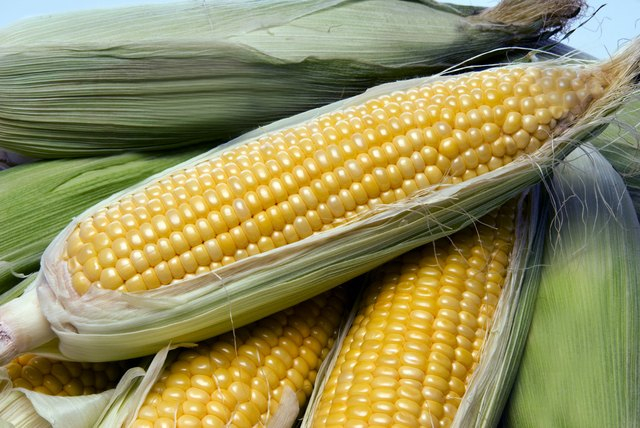Flour is a pantry staple that is used in a wide variety of recipes, from baking bread and cakes to thickening sauces and gravies. It is made by grinding grains, nuts, seeds, or roots into a fine powder. The most common type of flour is wheat flour, which is used in many baked goods.
When looking at the nutritional information for flour, it is important to consider the specific type of flour being used. Different types of flour have different nutritional profiles. For example, whole wheat flour is higher in fiber and nutrients compared to all-purpose white flour.
Nutritional Information Flour
Nutritional Content of Flour
Flour is primarily made up of carbohydrates, with a small amount of protein and fat. The exact nutritional content of flour can vary depending on the type of flour and the brand. On average, one cup of all-purpose white flour contains around 455 calories, 95 grams of carbohydrates, 13 grams of protein, and 1 gram of fat.
When choosing flour for your recipes, it is important to consider your dietary needs and preferences. If you are looking to increase your fiber intake, opt for whole wheat flour or other whole grain flours. If you are following a gluten-free diet, consider using alternative flours such as almond flour or coconut flour.
How to Use Nutritional Information
Understanding the nutritional information for flour can help you make informed decisions about your diet. If you are trying to watch your calorie intake, you may want to use flour in moderation or choose lower-calorie alternatives. If you are looking to increase your protein intake, consider adding protein-rich ingredients to your recipes along with the flour.
It is also important to consider the overall balance of nutrients in your diet. While flour can be a source of carbohydrates, it is important to include a variety of foods in your diet to ensure you are getting all the essential nutrients your body needs.
